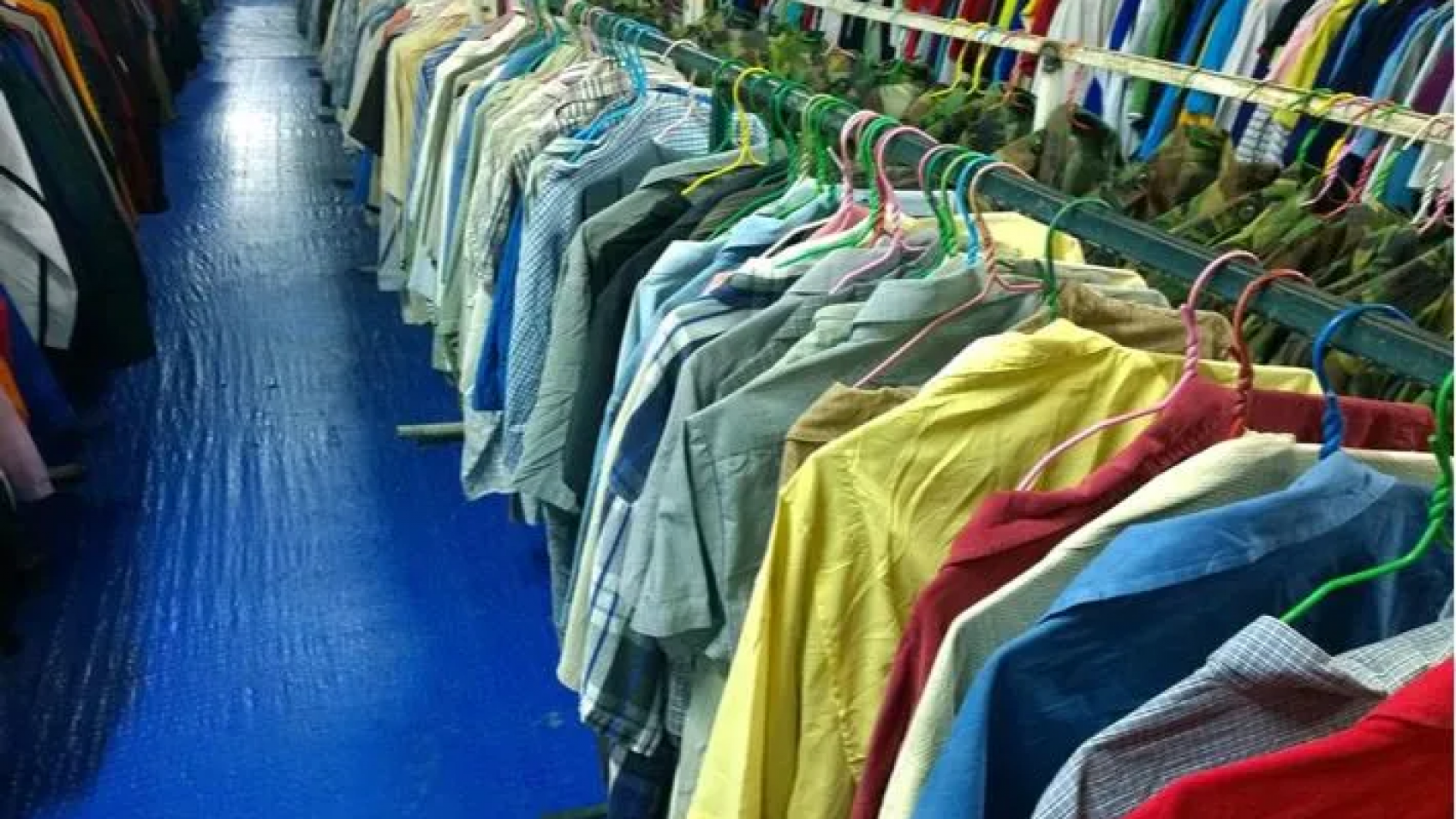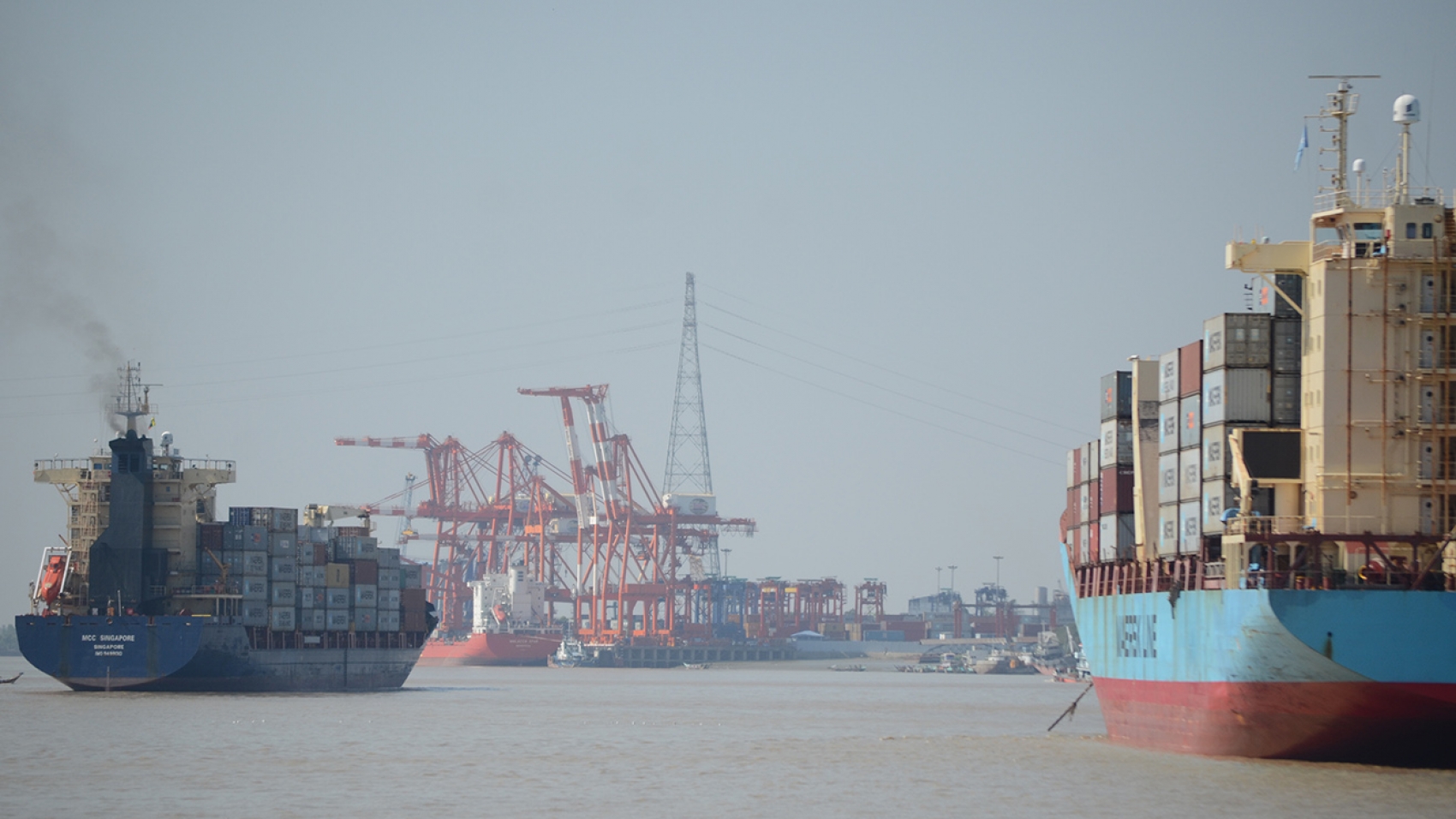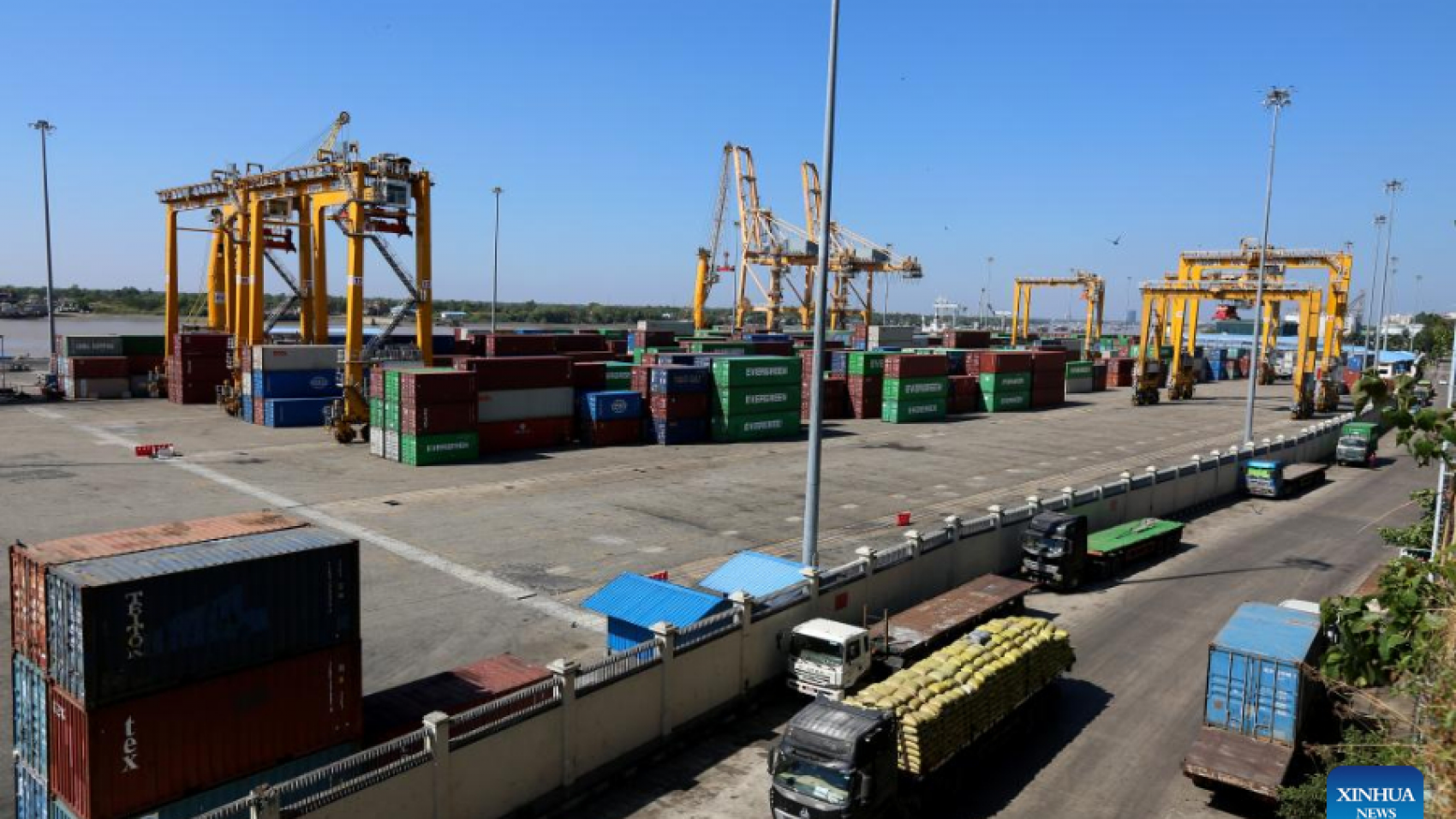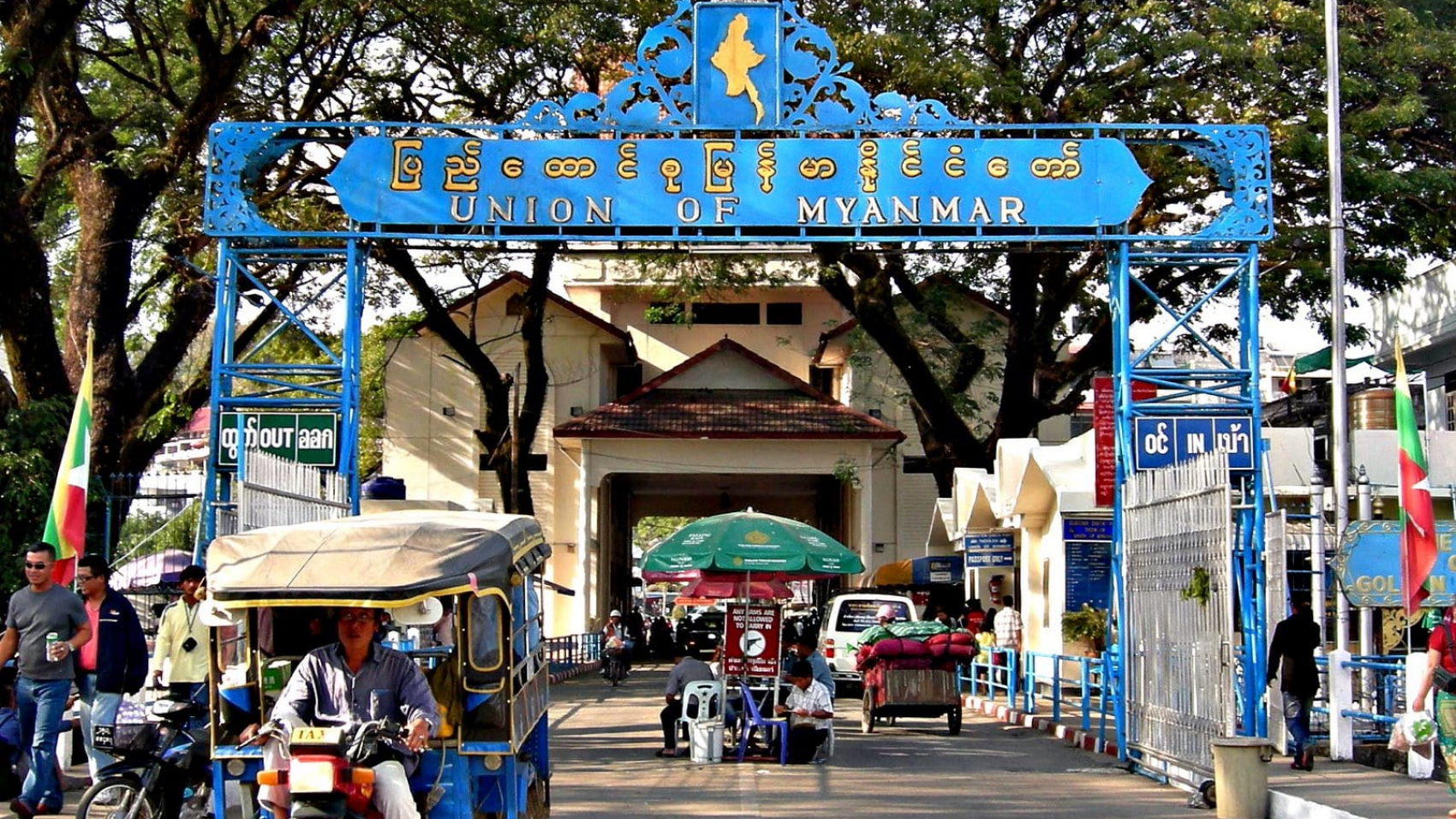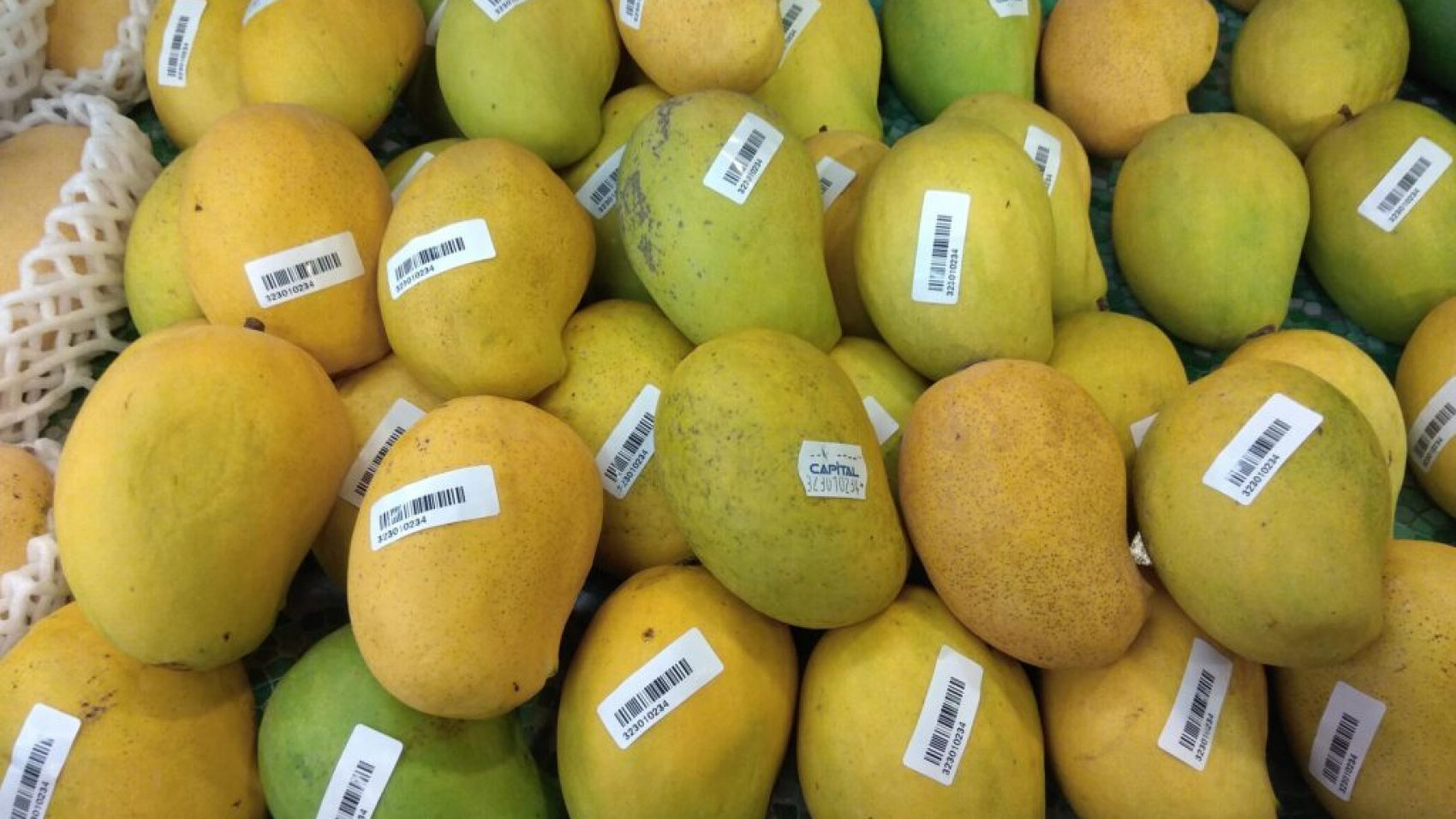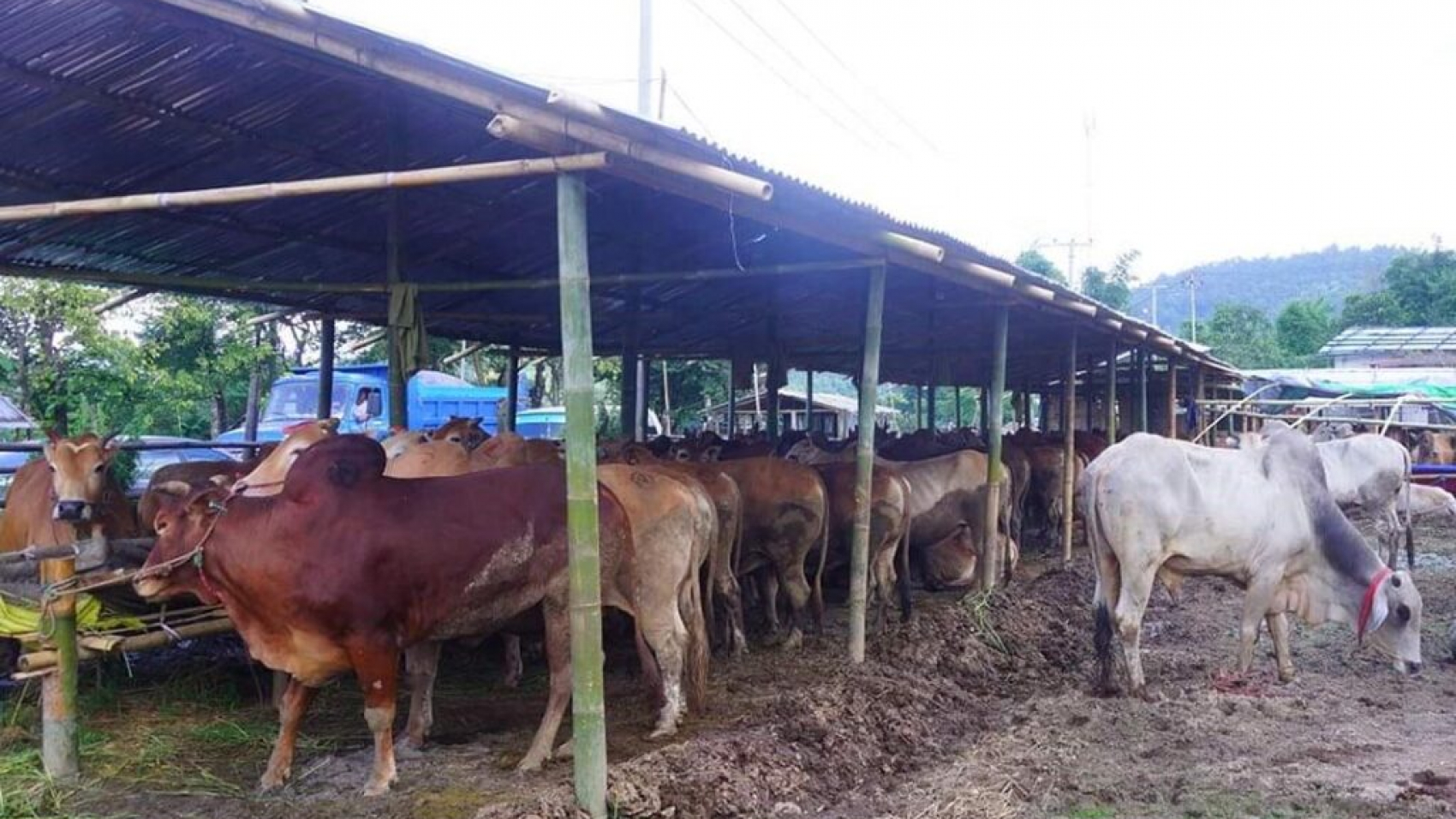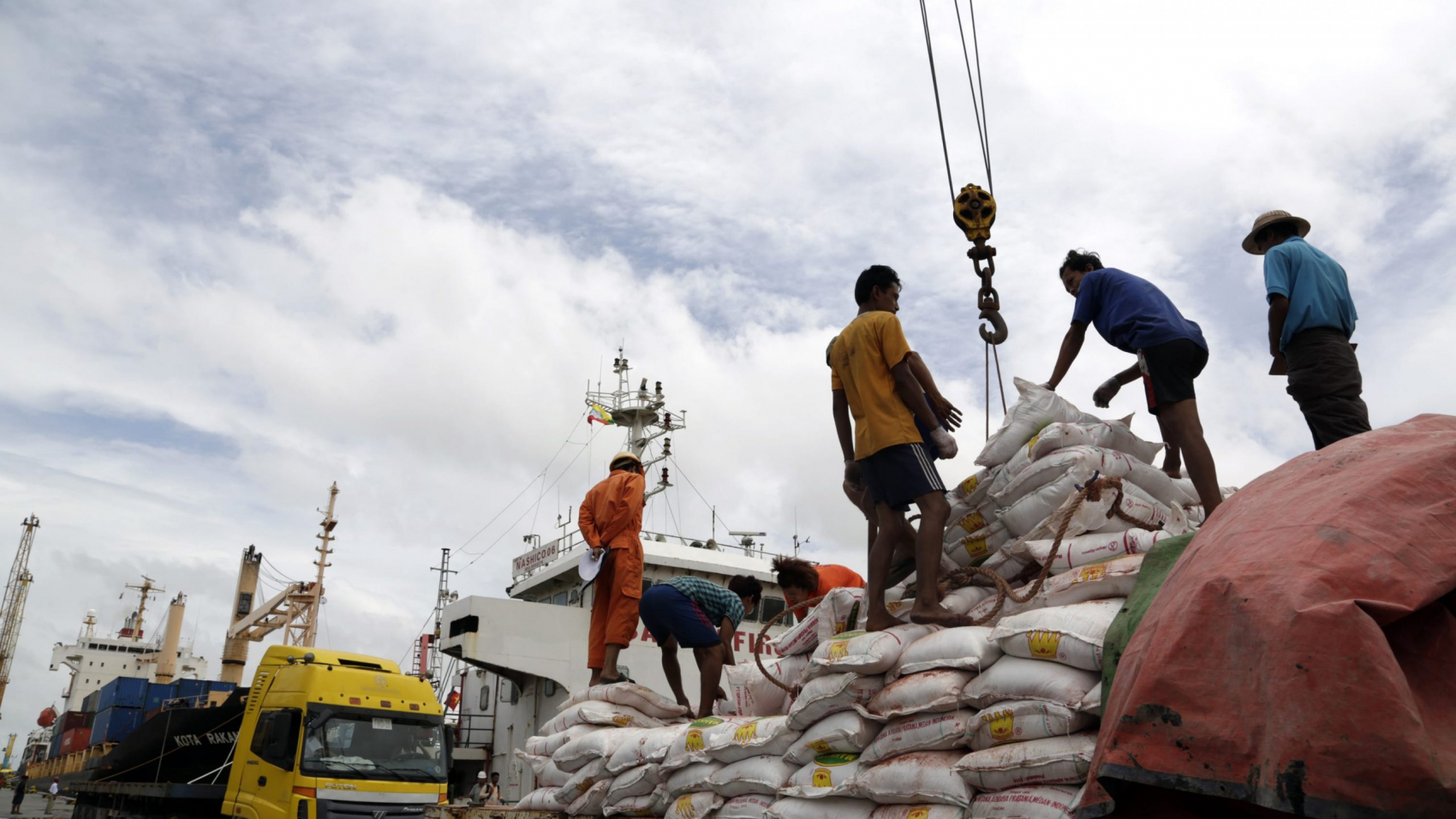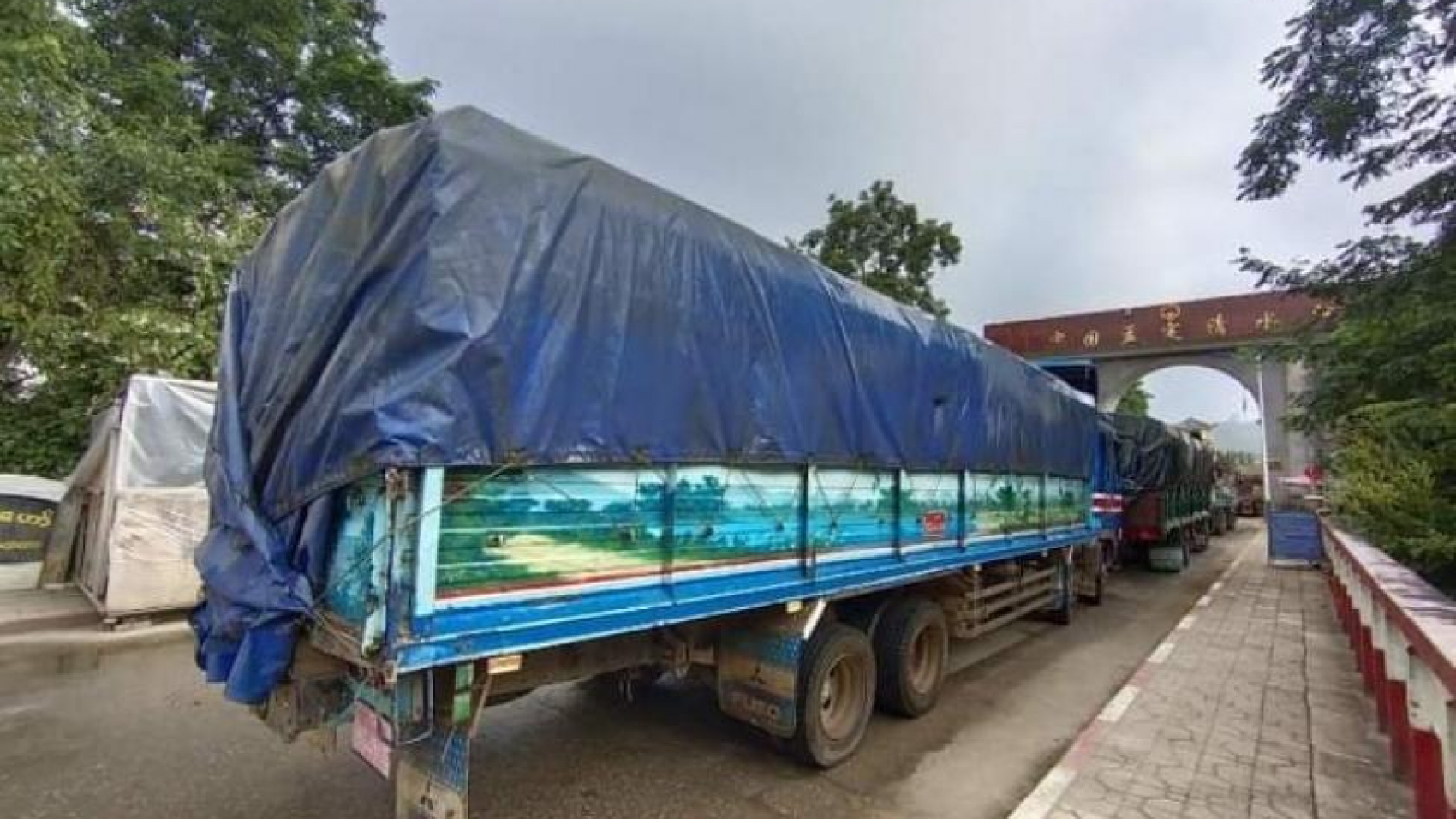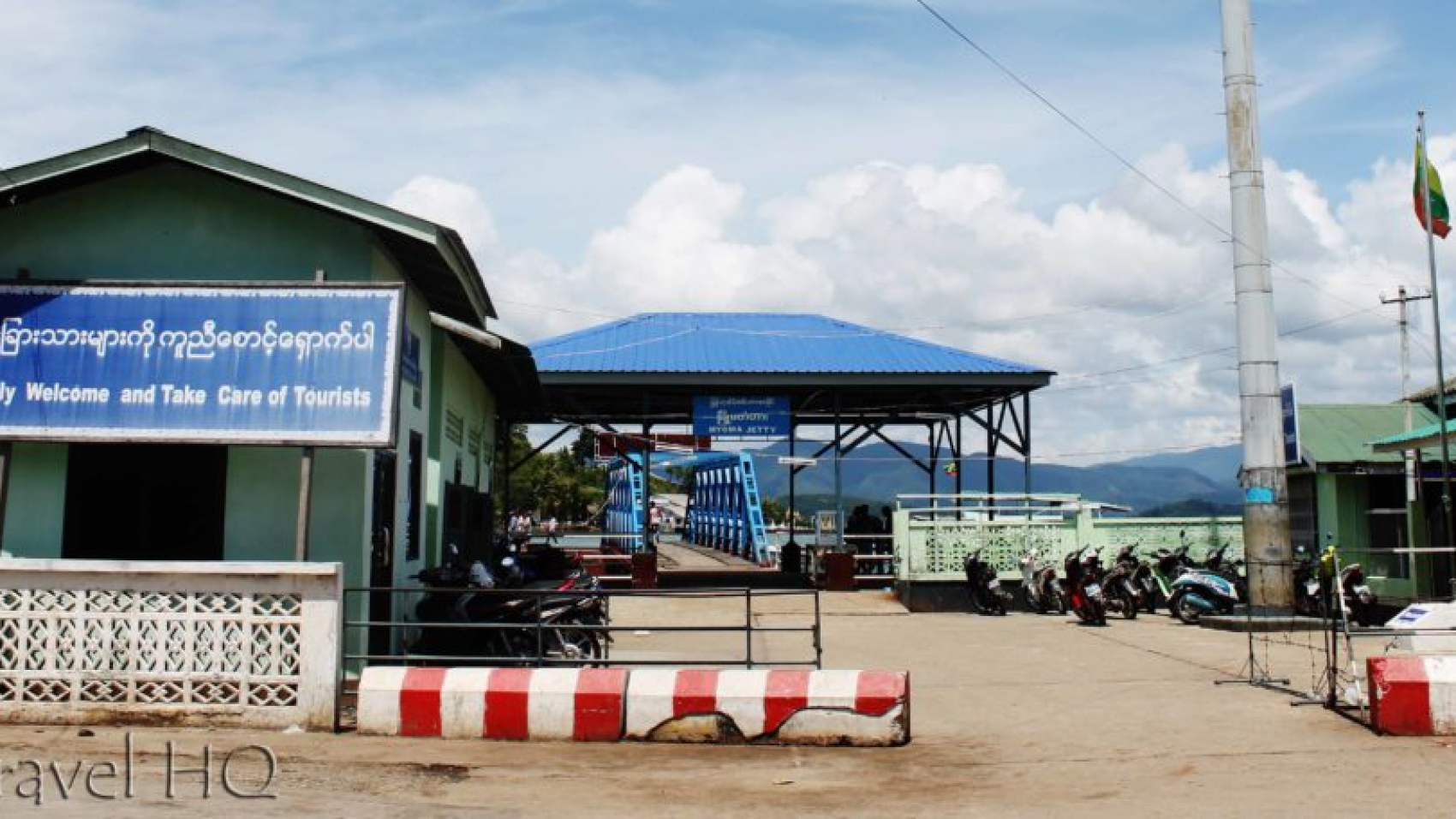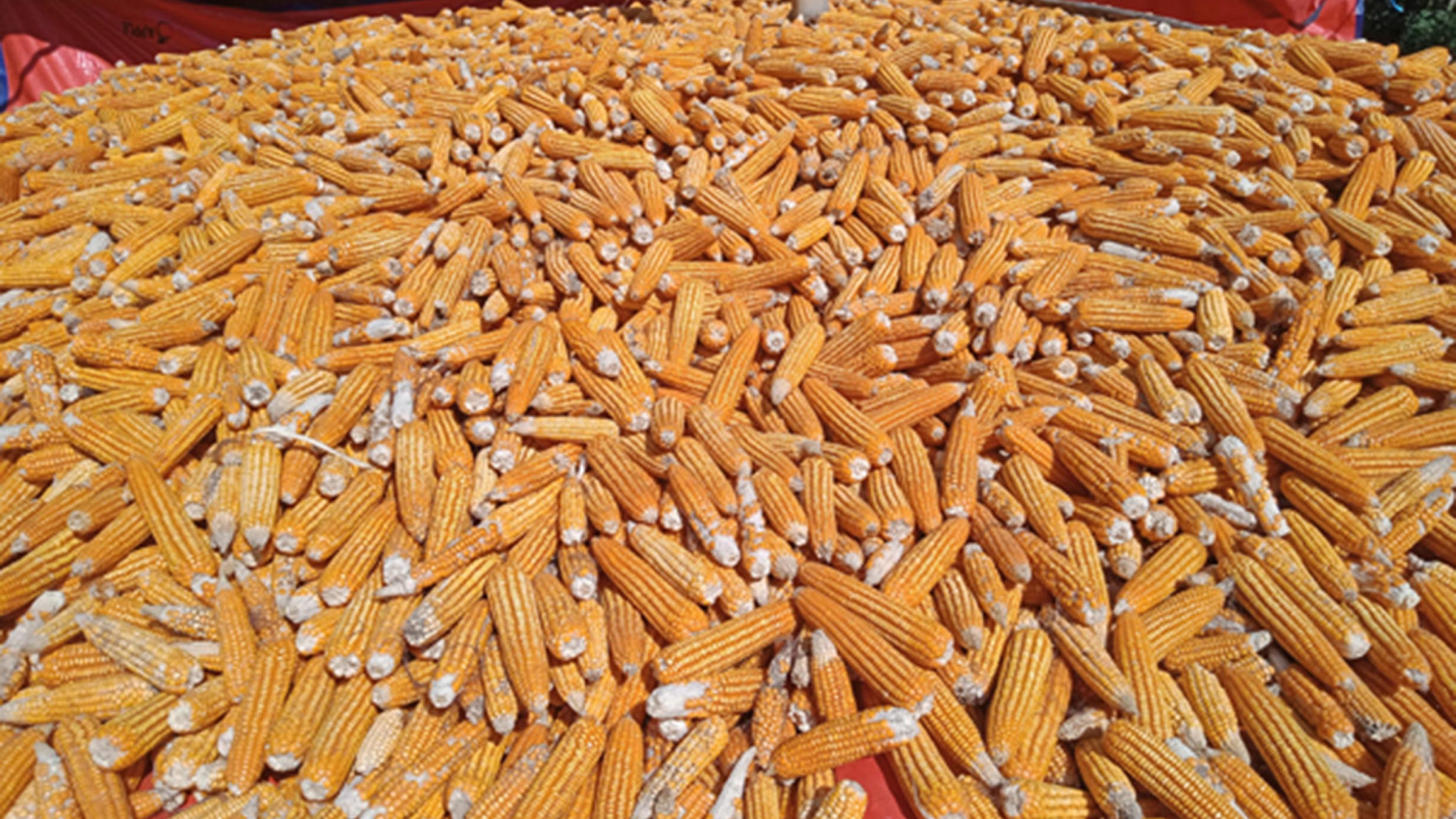Fruits and vegetables are imported into China through the Qin San Gate in Myanmar. On June 1, the Chinese government approved a waiver of goods that can be inspected at the Wanding Valley Orchard in China without the need for further inspection of goods that have been tested for residues and disinfection. In the past, fruits imported from the gates of Kyin San Kyaw Gate in Burma were subject to the COVID regulations at the border. Fruits that have passed the pesticide and disinfection test will be allowed to continue to check out domestic vehicles from the Changhua Fruit Market, and only after passing the medical examination will they be allowed to leave anywhere in China.
“Domestic departure means that cars sold directly from the Chan Ho orchard will be able to leave directly. In the past, you could only leave after a medical examination, ”said Sai Khin Maung. Previously, the mango market suffered losses due to the longer days, but now the mango market has become more active due to the easing. “In the past, you could only leave after a medical examination,” he said. Because it takes days. Two or three days have passed. Due to these days, the quality of mango products was low. It’s a lot faster now. The market situation is that fresh mangoes are cheaper, ”said Sai Khin Maung.
In China’s Wandingchang Ho Fruit Market, depending on the quality, gold, A diamond costs between 80 and 140 yuan each, compared to the same period last year. “The situation is no different from last year,” he said. It has to be done in the midst of difficulties. Various adventurous challenges have to be done. Agricultural input costs are higher than last year. This year is like this. Just like last year. During the COVID period, we had to work in the midst of difficulties. 100% is not good at all. It is a difficult time. And people who dare to work will benefit. The main thing is the quality of the fruit, ”said Sai Khin Maung.
At present, an average of 10 to 15 trucks loaded with mangoes enter the Northeastern Gate Public Company Limited Fruit Market in the 105-mile trade zone every day, and the mango market in Myanmar is a bit dynamic depending on the quality of mangoes, with the rapid departure of domestic goods from China’s Changhua Fruit Market, according to mango growers. As a result of the easing, the entry and exit points at the border crossing have risen slightly, with an average of about 20 Burmese trucks leaving for China, and about 20 trucks re-entering from China, with an average of 70 to 80 trucks a day, including unloaded trucks. “In China, I think the war will be fought according to the rules,” he said. If it’s fast, it’s not that fast.
Now the truck is getting in and out fast, but it is still seven or eight days away. But it went a little faster. But it is not significant yet, ”said Maung Sein, in-charge of Shwe Lwe In Stadium. Many lockdowns are being eased in China. Traders said that while the unloading of Burmese trucks was being arranged and the departure arrangements were being made, and the beans being shipped in containers were easy to get in and out of, but the cost of returning Burmese trucks was about 1,500 yuan and about 25 lakh unnecessary extra costs on the Burmese side. Combined with the legal costs and the undesirable unnecessary extra costs, the average cost of a truck is around 25 lakhs. A trader in Muse said the costs could ultimately have a huge impact on consumers and could lead to higher commodity prices, prompting a thorough investigation into the need to facilitate not only exports but also imports.
Source: Daily Eleven

